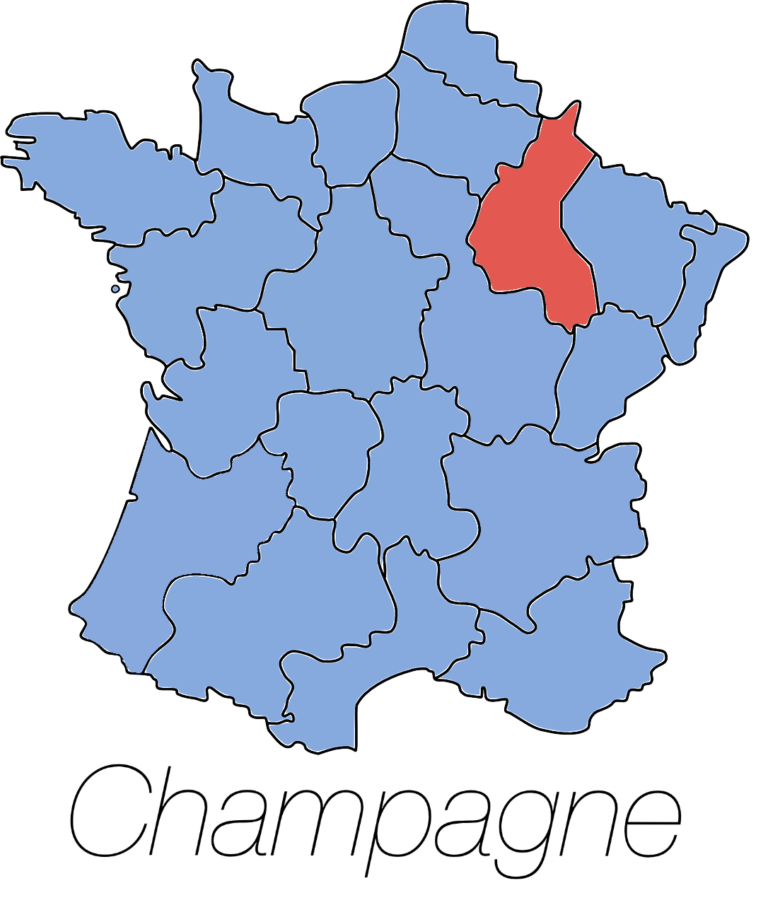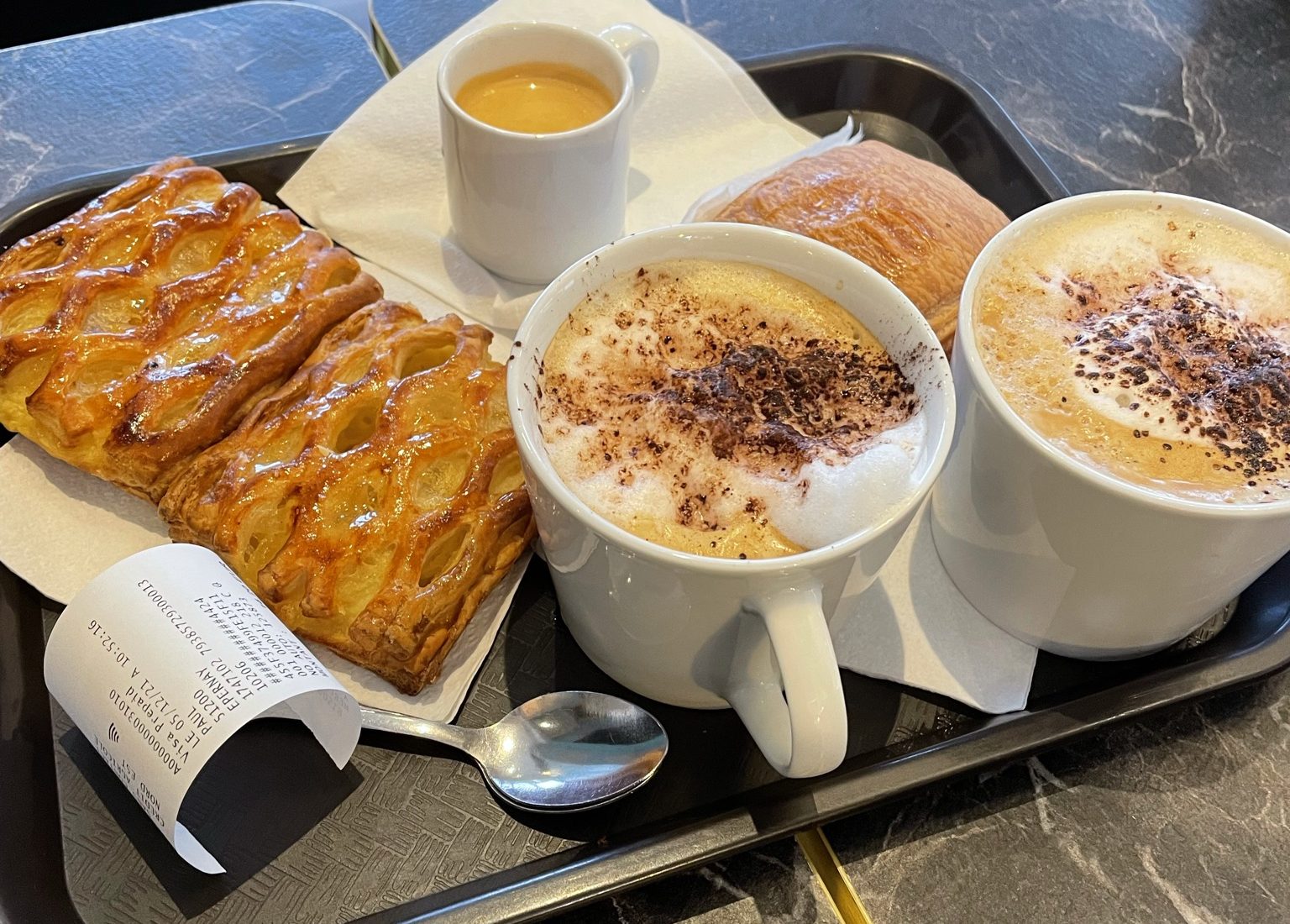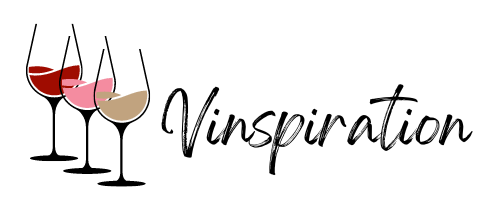48 Hours Visiting the Champagne Region

Filled with magical Disney-esque 18th century Champagne houses, magnificent cobbled streets and of course, the best sparkling wine in the world, visiting Champagne is a must-visit for any wine lover.
Having travelled to several wine regions across France, the best for tourists by a country mile is the Champagne region. Bordeaux is massive, sprawling and tourists often need the best part of a day to do both banks. Loire Valley is more beautiful and charming, with iconic chateaus providing dramatic backdrops to several tasting experiences. Burgundy, while emblematic, lacks any tourist infrastructure whatsoever.
And then there’s Champagne. Centred around the city of Reims, northeast of Paris, the Champagne region offers oodles of experiences for wine lovers with a solid framework of champagne houses, restaurants and walks. All rooted in the rich history of the region. While Reims is the main city and where several of the key Champagne houses are (including Taittinger for example), the stunning Avenue du Champagne is located south of Reims in the town of Epernay. As a result, I highly recommend staying in Epernay, which both benefits from proximity to this street, as well as a smaller, more rural feel. sitin


Day 1: Epernay -> Reims -> Epernay
Depending on what time you arrive in Epernay and check into your hotel, hopefully you’ll have time for breakfast. Petit déjeuner is a leisurely affair in France and is taken with a couple of espressos, a pain au chocolat (lovingly known as a ‘chocolatine’ in southern France) and baguettes with jam. At this point, you may be tempted to light an ironic cigarette and start playing ‘La Vie En Rose’. However, the former would only ruin your palette before a day of tasting.
Around 9:00 stop off at Salon Eugenie for a range of pastries and coffees – they do both to go, so if you’re in a hurry, or fancy something more relaxed, this is the perfect place. Visiting champagne is equally about food as it is drink.
A half day in Reims
Next, catch the 11:01 from Epernay to Reims. Both stations are in the centre of their respective towns. The train from Epernay leaves near enough on the hour, every hour and is 38 minutes (7 stops). It trundles through the Parc Naturel Regional de la Montagne de Reims. But essentially the sleepy train straddles, slightly elevated, along the steeping vineyards either side of the tracks. When we did our trip in early December, the vines were dormant presenting gnarled cordons from the harvest rounds completed only months before.
For lunch, Reims is bursting with fabulous restaurants. There are the usual tourist trap type restaurants opposite the Colbert Square close to the station. Avoid these and venture further into the city, walking through the cobbled stone streets towards the Cathedralé Notre-Dame de Reims. Opposite the entrance path there is an unassuming pizza restaurant by the name of Pizzeria L’Antica. There are only a handful of tables and often a queue, so if you aren’t lucky enough to get inside, get one of these gorgeous wood oven baked pizzas to go and sit in the cathedral grounds opposite.
After that, it’s champagne tasting time. Outside of Epernay, there are a range of incredible Champagne houses based in Reims.
Here are the best Champagne houses to visit in Reims:
Taittinger
My sommelier friends recommended Taittinger as the must-visit champagne house in Reims. 18-metres deep, and filled with a history as rich as it’s champagne (including a visit from Peter the Great in 1717) this is an incredible opportunity to see a magnificent and iconic cellar.
Pommery
This is by far one of the grander champagne houses with an impressive exterior building. It has an even more impressive staircase that descends into one of the largest Champagne cellars in Reims. Visiting Champagne should include a trip to this stand out winery.
Mumm
Built in 1827, G.H. Mumm has become synonymous with luxury and after visiting its cellars, it’s easy to see why. Make sure to book in advance as this is one of the most popular tours in Reims.
Having visited the above or any other of the magnificent cellars in Reims, it’s time to head back to Epernay in the late afternoon. Hopefully slightly tipsy.
For dinner, book a table at Chez Max. It’s recommended you book well in advance because this iconic restaurant in the heart of Epernay. It is well known amongst locals and tourists alike and often fully booked. As you can imagine by the name, the food is classically French with an emphasis on locally sourced produce. The wine list is extensive and impressive (we had a Cru Bourgeois for cost price).
Day 2: Exploring the Avenue de Champagne in Epernay
Your second day exploring the Champagne region should all be about the Avenue De Champagne. This, for me, and many other Champagne lovers is the backbone of the region’s history and the definition of a great day out by any standards.
The avenue is fabulously atmospheric. A cobbled street that seems embalmed in a pink hue, lined by magnificent 18th century Champagne houses. There is something fairytale-esque about each house and its history.
Everything is both grand and humblingly equal about the avenue, with world-famous houses such as Moet & Chandon, Pol Roger and Perrier Jouet neighbours to houses owned by local growers for centuries.
While it is advised that you book some houses and tours in advance, you can equally also simply ‘rock up’ to all of them if you don’t want a tour. Nearly all the main houses have a tasting room for you to enjoy a reasonably priced glass.
Here are the best Champagne houses to visit in Epernay:
Moet & Chandon
You really can’t get any more iconic than this. The house itself looks like something out of a museum. Our group visited without booking in advance (which I would not recommend for Moet & Chandon as it was busy even in the off season).
After buying a few glasses, we were whisked away to an opulent sitting room and served by our own personal sommelier. The staff here are both kind and knowledgeable and considering we couldn’t have spent more than 150 euros as a group, were treated like royalty. Moreover, the gift shop here is sublime. Studded with gold, mirrors and Dom Perignon bottles everywhere – it was a sight to behold.
Boziel
The Champagne house Boziel is probably the most eye-wateringly beautiful of all the houses on the Avenue de Champagne. It’s set slightly back from the road with a courtyard that leads to the main production area and cellar.
The tour is both informative and grand, without being pompous at all. The woman who led our tour was genuinely happy to answer all our questions and the communal tasting at the end was a treat.
Elodie D
If you want to try truly local Champagne, Elodie D is the epitome of excellence and class. Set slightly beyond the usual boundaries of the Avenue de Champagne (you’ll have to cross the roundabout, it’ll be on the left), this house is run by a husband and wife couple who have had it in the family for generations.
Passed through the matriarchal lineage, the quaint house is decorated to perfection. And has a true sense of timelessness. The champagnes are rich and delicious, with heart clearly at the centre of its production… I bought a case back to the UK.
FAQs
When is the best time to visit the Champagne region?
Every time to visit has its benefits. We visited during the off-peak season in early December when the crowds were low and we could essentially walk into all the Champagne houses without booking. However, the best time to visit is in September to October, around harvest time, when you can see the vineyards in all their glory and it’s still off-season.
Where is the best place to stay while visiting the Champagne region?
The best place to stay would be in one of main towns or villages in and around the Champagne region. I would recommend basing yourself in Epernay close to the Avenue de Champagne where you can easily walk from house to house sipping bubbly all day. It is also within easy access of Reims via train or bus.
Is a trip to the Champagne region expensive?
While in general, Champagne is associated with luxury and expense, a trip to Champagne can be reasonably priced when done properly. On average tours cost £20-60 depending on the house, however, you can just walk into most houses and go to their tasting rooms to have a glass or two. On average, the price of a glass is significantly cheaper than a restaurant at around £4-£9 depending on the brand. Hotels and Airbnbs can cost between £100-£150 per night on average.
